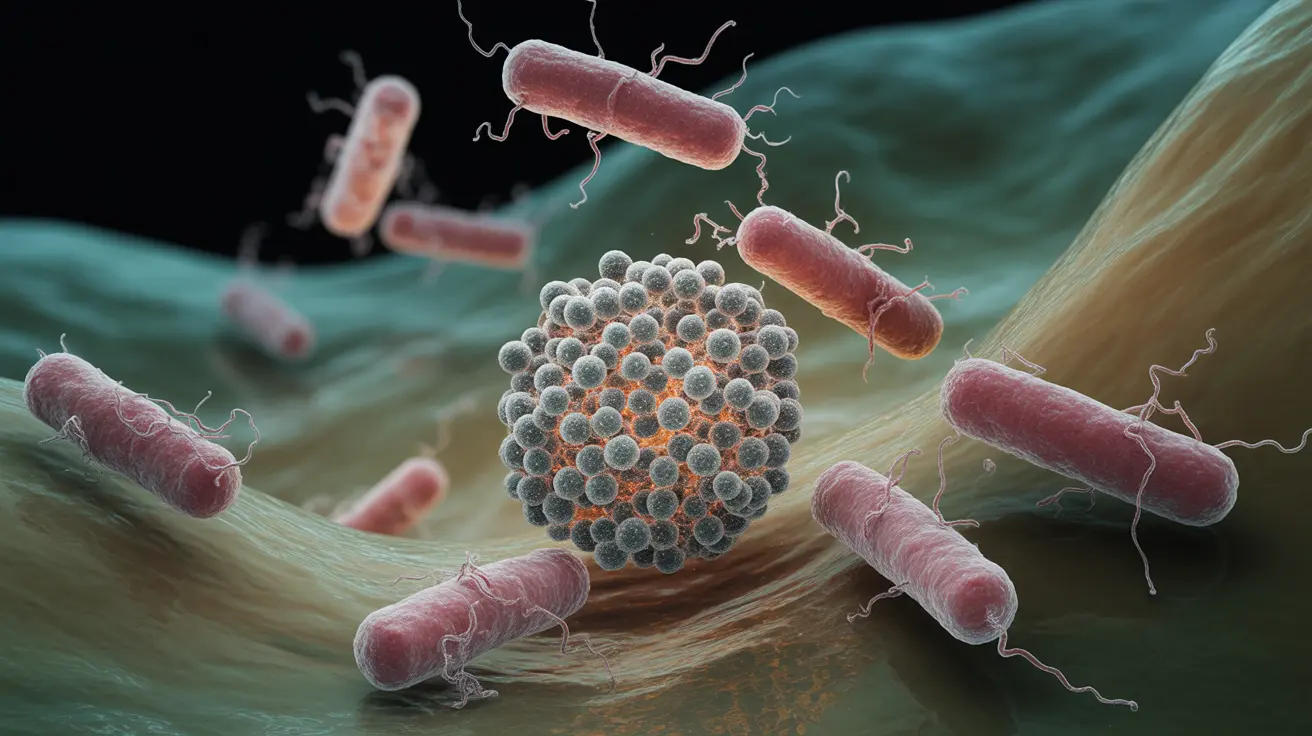For those struggling with persistent acne, colloidal silver has emerged as an alternative treatment option that's garnering attention in skincare communities. This natural antimicrobial substance consists of tiny silver particles suspended in liquid, and its use in treating skin conditions has sparked considerable interest among those seeking effective acne solutions.
Understanding how colloidal silver affects acne-prone skin, including its potential benefits and limitations, is crucial for anyone considering this treatment option. Let's explore the science behind colloidal silver and what you can realistically expect when using it for acne treatment.
How Colloidal Silver Works on Acne-Prone Skin
Colloidal silver primarily works through its antimicrobial properties. When applied to the skin, these microscopic silver particles help combat the bacteria that contribute to acne formation. The substance also demonstrates anti-inflammatory properties, which can help reduce redness and swelling associated with active breakouts.
The Science Behind Silver's Skin Benefits
Silver particles work by disrupting bacterial cell membranes and interfering with their reproductive capabilities. This mechanism of action makes it particularly effective against P. acnes bacteria, one of the primary culprits behind acne formation.
Expected Timeline and Results
When using colloidal silver on facial acne, results typically begin to show within 1-2 weeks of consistent use. Initial improvements often include reduced inflammation and fewer new breakouts. However, individual results can vary significantly based on skin type and acne severity.
Short-term Effects
- Reduced redness around active breakouts
- Decreased inflammation
- Slight drying of existing pimples
- General calming of irritated skin
Long-term Results
- Fewer new breakouts
- Improved skin texture
- Reduced appearance of acne scars
- More balanced skin tone
Safe Application Methods
To maximize benefits while minimizing risks, proper application of colloidal silver is essential. Always start with a clean face and perform a patch test before full application. Use a cotton ball or pad to apply the solution, avoiding contact with eyes and mouth.
Recommended Usage Protocol
- Apply twice daily after cleansing
- Use a concentration of 10-30 ppm (parts per million)
- Allow the solution to air dry completely
- Follow with non-comedogenic moisturizer if needed
Safety Considerations and Limitations
While colloidal silver can be effective for some users, it's important to understand its limitations and potential risks. Long-term use should be monitored carefully, as excessive exposure to silver can lead to skin discoloration in rare cases.
Frequently Asked Questions
What are the visible before and after effects of using colloidal silver on acne-prone skin? Most users notice reduced inflammation within the first week, with significant improvement in active breakouts within 2-3 weeks. Long-term users often report clearer skin with fewer recurring breakouts and improved overall skin texture.
How does colloidal silver work to reduce acne and inflammation on the face? Colloidal silver works by targeting acne-causing bacteria and reducing inflammation through its antimicrobial properties. The silver particles disrupt bacterial cell membranes and help calm irritated skin tissue.
Is colloidal silver safe to use regularly on the face for acne treatment? When used as directed, colloidal silver is generally safe for short-term use on facial skin. However, long-term use should be monitored by a healthcare provider to prevent potential side effects like skin discoloration.
How should I apply colloidal silver to my face for the best acne-clearing results? Apply colloidal silver to clean skin using a cotton pad twice daily. Allow it to dry completely before applying other skincare products. Start with a patch test and use a concentration between 10-30 ppm for optimal results.
Can colloidal silver help with severe or cystic acne, or is it only effective for mild to moderate cases? While colloidal silver may provide some relief for severe or cystic acne, it's typically most effective for mild to moderate cases. Severe acne cases should be treated under professional medical supervision, as they may require more intensive treatment approaches.




